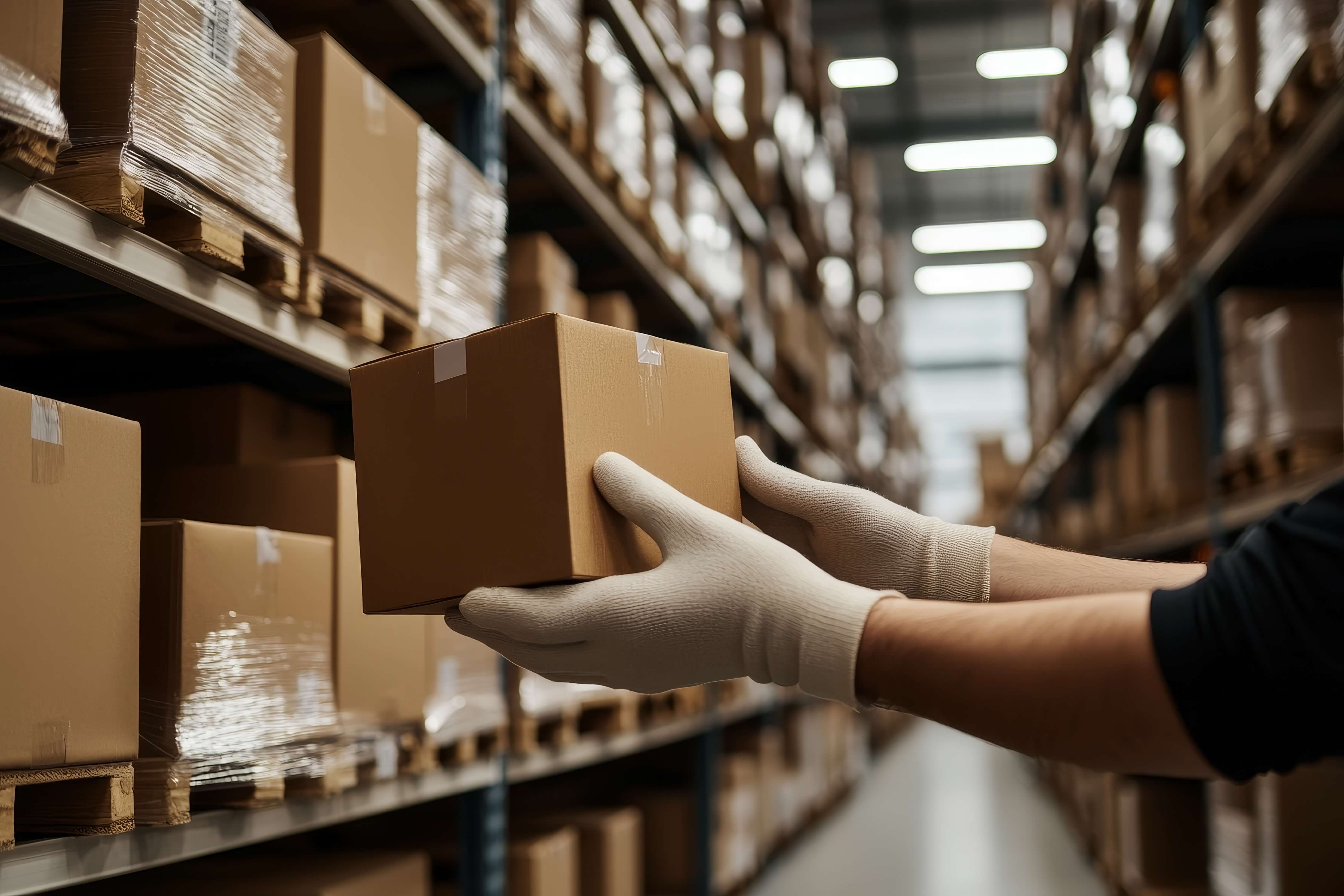
The Impact of Factory-to-Consumer (F2C) and Direct-to-Consumer (D2C) Selling on the U.S. Small Parcel Delivery Market
In recent years, the rise of Factory-to-Consumer (F2C) and Direct-to-Consumer (D2C) selling has revolutionized the e-commerce landscape. These business models, which involve manufacturers or brands selling directly to end consumers without intermediaries like retailers or wholesalers, have rapidly gained popularity, significantly impacting the U.S. small parcel delivery market. The shift towards F2C and D2C has led to changes in shipping volumes, delivery dynamics, and customer expectations, putting pressure on logistics providers to adapt.
The Growth of F2C and D2C Models
F2C and D2C business models have been accelerated by the rise of e-commerce platforms and the increasing desire for lower-cost goods and more personalized customer experiences. Brands that previously relied on retail distribution now leverage digital channels to reach consumers directly. According to a report from Statista, the U.S. D2C market is projected to reach $175 billion by 2023, a significant increase from $76.68 billion in 2019.
This trend is driven by several factors:
- Cost Savings: By eliminating middlemen, companies can offer products at lower prices, which can be attractive to consumers.
- Control Over Customer Experience: Brands are increasingly focusing on offering seamless, personalized experiences that can be difficult to achieve through third-party retailers.
- Speed to Market: With F2C, manufacturers can introduce new products faster, responding to consumer demand in real time.
The growing popularity of F2C and D2C has placed new demands on the U.S. small parcel delivery market, which is now tasked with handling an increasing number of individual packages being shipped directly to consumers. Here are the key ways this trend is shaping the delivery industry:
- Increased Shipping Volumes: The shift from bulk shipments to retailers to direct-to-consumer deliveries has led to a surge in smaller, more frequent shipments. According to Pitney Bowes, the global parcel volume is expected to reach 266 billion by 2026, driven in part by the rise of F2C and D2C models.
- Last-Mile Delivery Challenges: As more packages are sent directly to consumers, last-mile delivery can become more complex and costly. Delivering packages to residential areas, especially in rural or remote locations, can be less efficient and more expensive for carriers. Many of the legacy carriers have implemented surcharges for residential deliveries to mitigate these costs.
- Consumer Expectations for Fast Delivery: With the rise of companies offering next-day and same-day delivery, consumers now expect fast shipping regardless of where they are ordering from. This has forced small parcel delivery companies to optimize their logistics networks to meet these expectations. Many D2C brands have responded by using third-party logistics providers (3PLs) and working with multiple carriers to ensure faster deliveries.
- Pressure on Traditional Retailers: Traditional brick-and-mortar retailers and big-box retailers are also feeling the pressure. Many have shifted their focus to omni-channel strategies, where they can offer direct-to-consumer sales alongside traditional in-store shopping to compete with D2C brands.
The rise of F2C and D2C selling models shows no signs of slowing down, and the small parcel delivery market must continue to evolve to meet these changing dynamics. Logistics providers are investing in technology and infrastructure to improve last-mile delivery efficiency, while brands are looking for innovative ways to reduce shipping costs and delivery times. As more companies shift towards direct sales models, the U.S. small parcel market will remain a crucial component of the e-commerce ecosystem.
The growth of F2C and D2C models is reshaping the small parcel delivery landscape in the U.S., forcing both logistics providers and brands to rethink their strategies to meet evolving consumer demands.
The opinions expressed by the author are solely their opinions do not necessarily reflect the opinions of Delta or any of its affiliates, subsidiaries or any of their respective directors, officers, employees, agents, or representatives. The opinions expressed are based upon information the author considers reliable, but neither Delta nor its affiliates warrant its completeness or accuracy, and it should not be relied upon as such.
RECENT POSTS
Peak Season 2025 (US): Capacity to Spare, Tariffs to Watch, and Carriers to Re-think
September 12, 2025
The Wall Street Journal: Your Next Online Purchase Could Be Delivered by Delta Airline now offers door-to-door delivery
July 29, 2025
Honoring the Unsung Champion: The Impact on Small Parcel Shippers and Their First, Mid, and Last-Mile Partners During Peak Season
December 03, 2024
The Impact of Factory-to-Consumer (F2C) and Direct-to-Consumer (D2C) Selling on the U.S. Small Parcel Delivery Market
November 19, 2024
How E-commerce Shippers Can Navigate GRI During Peak Season
November 06, 2024